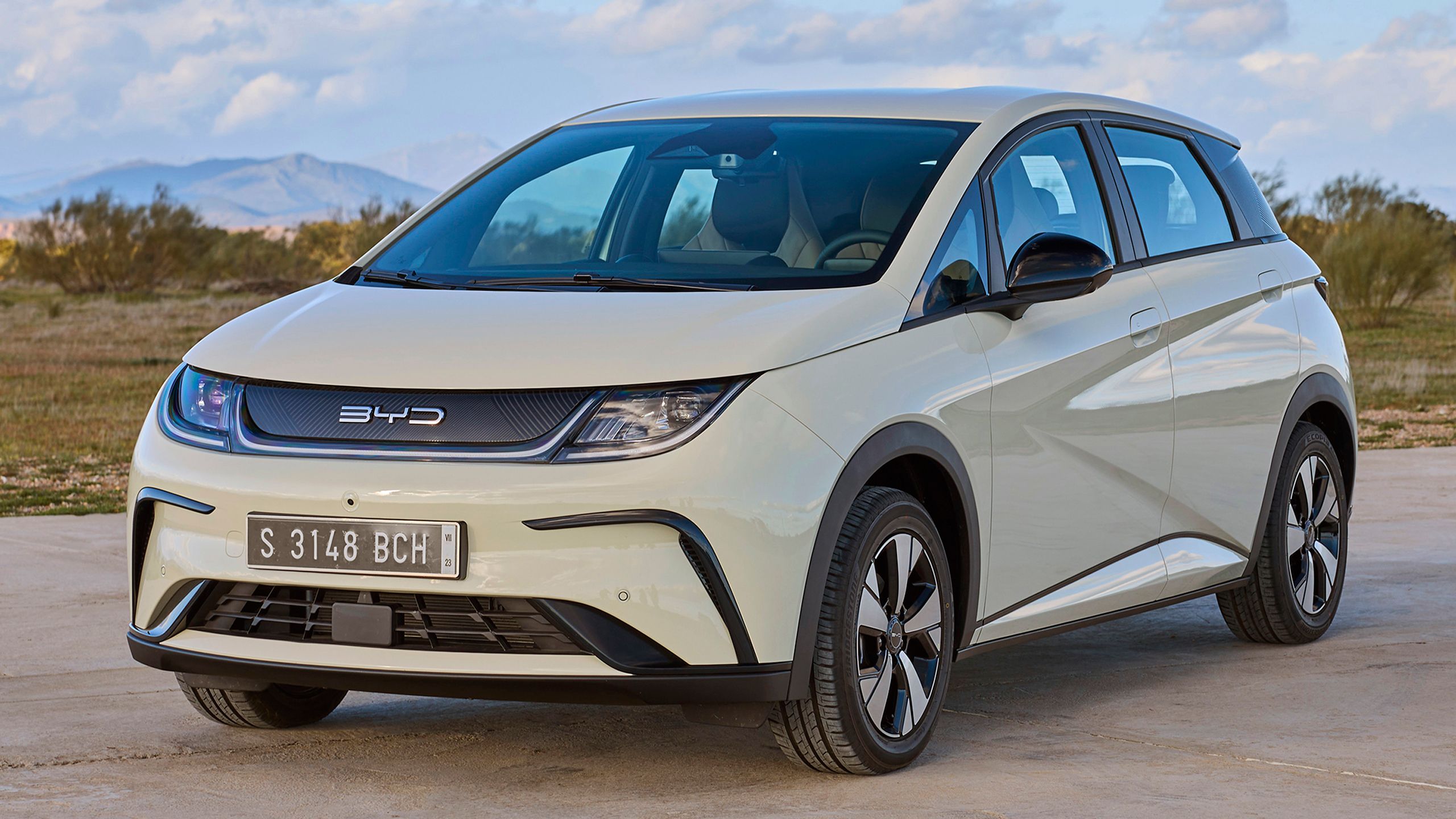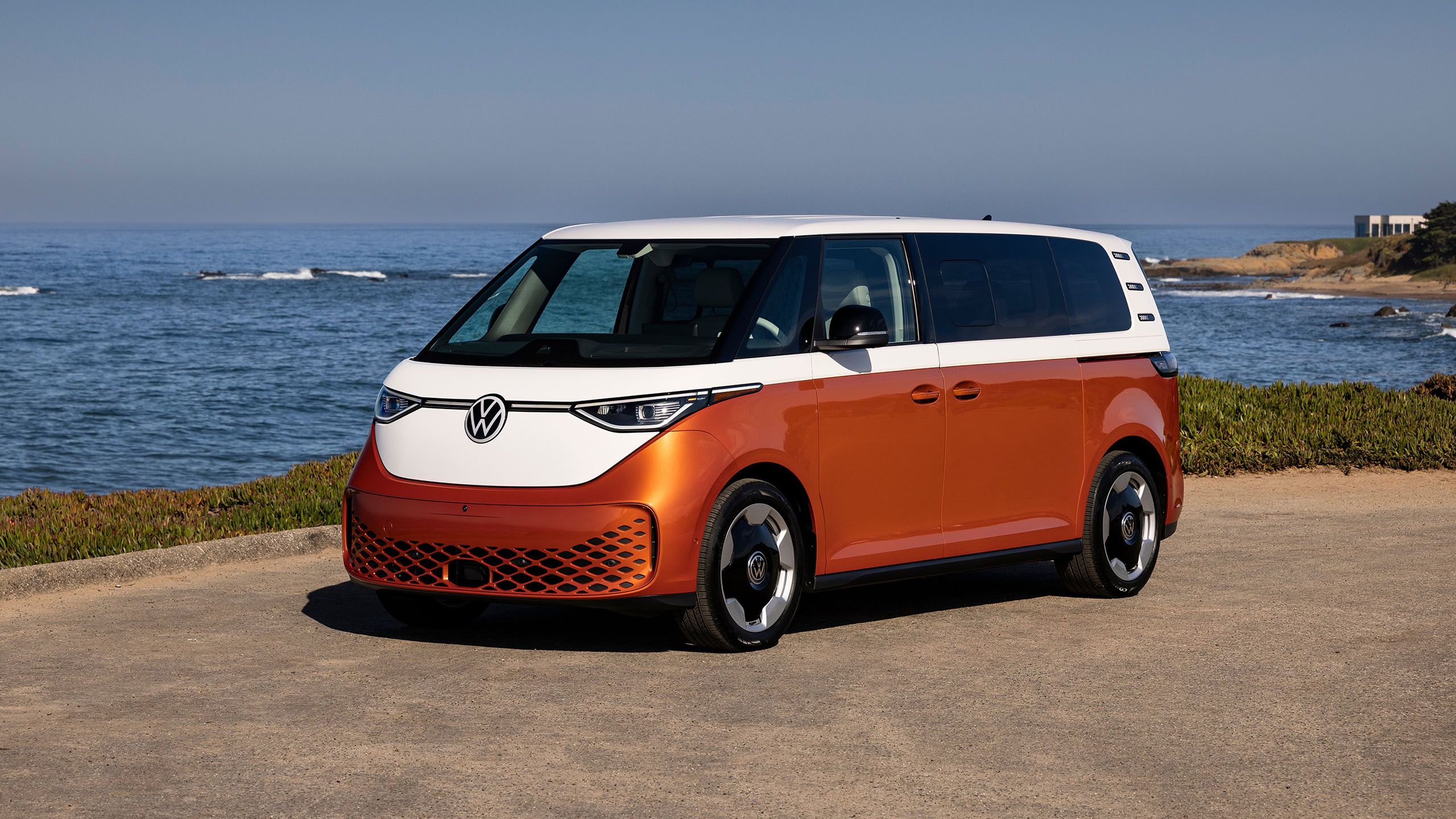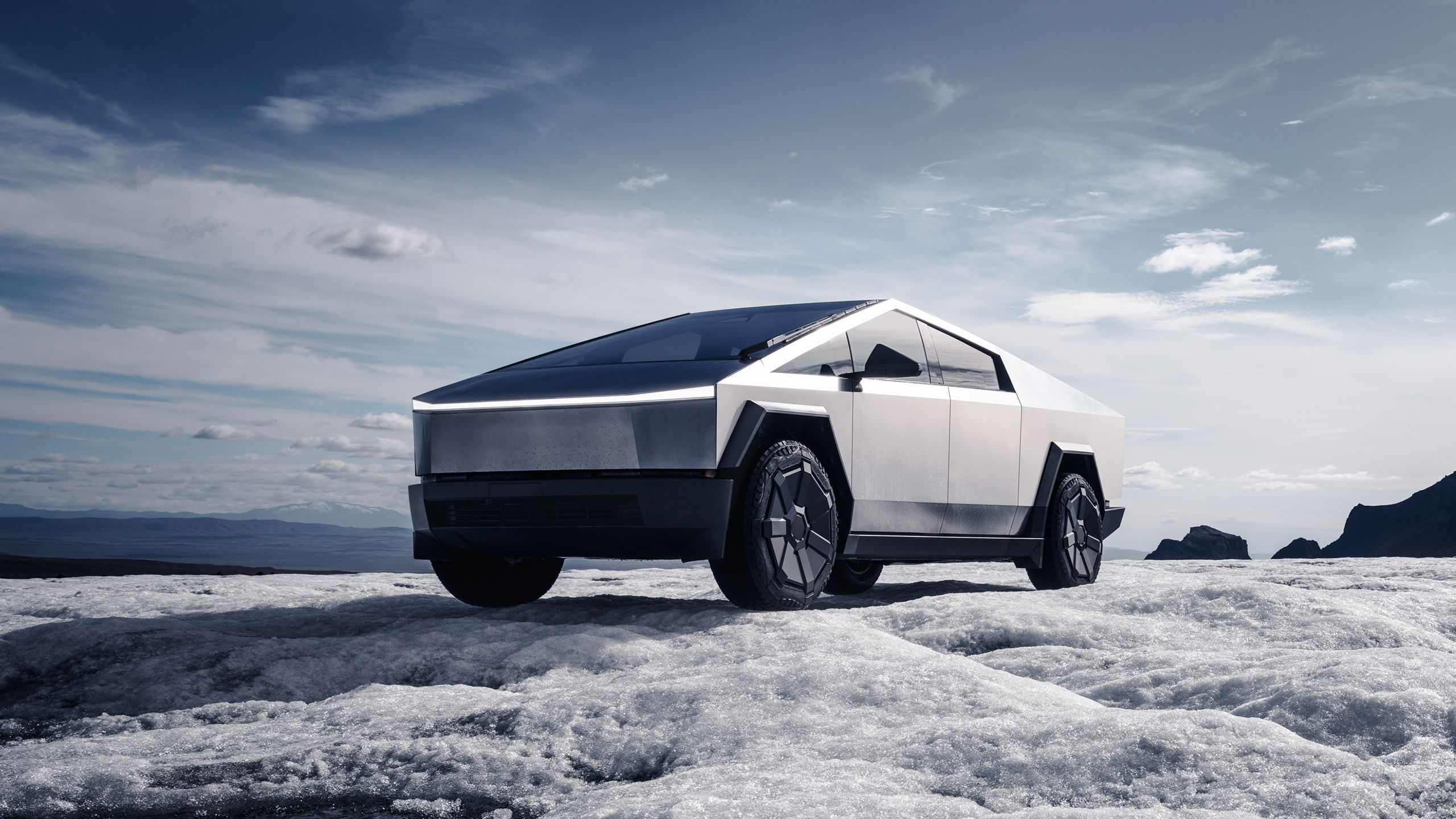Summary
- Chinese EVs will likely enter US market soon, using Chinese tech despite initial badging by US companies.
- EU explores cooperation with China to allow Chinese EVs, recognizing benefits for both parties.
- Historical parallels show US should embrace Chinese EVs, build partnerships to boost domestic industry.
The US will probably not get Chinese EVs in the next three and a half years, but it is simply a matter of time before this happens. Even if those EVs are initially badged Ford or GM, under the skin they will use Chinese technology or local tech developed with Chinese expertise. Tariffs can hold up the process for a while, but the pressures of price and technology will not be denied forever.
Ford CEO Jim Farley drove a Chinese EV for six months, and he loved it. He also called the Chinese car industry both an existential threat and the most humbling thing he had ever seen. Farley said Ford management regularly visited China, and would fly in Chinese cars to test drive and take them apart to see what is what.
The car Farley drove was an Xiaomi SU7, an EV sedan and direct competitor in China to the Tesla Model 3. It was the first EV made by phone maker Xiaomi. Although the SU7’s sales stuttered after self-driving software caused a fatal accident, the company recovered quite well.
So when Xiaomi launched its YU7 a few days ago, this $35,000 Tesla Model Y competitor got 240,000 orders in 18 hours. Not the 290K orders placed by scalpers in the first hour to get places in the queue, but real orders with deposits paid. The YU7 comes to market about four percent lower than the Model Y, a premium price for local EVs in China, and Tesla would have to respond.
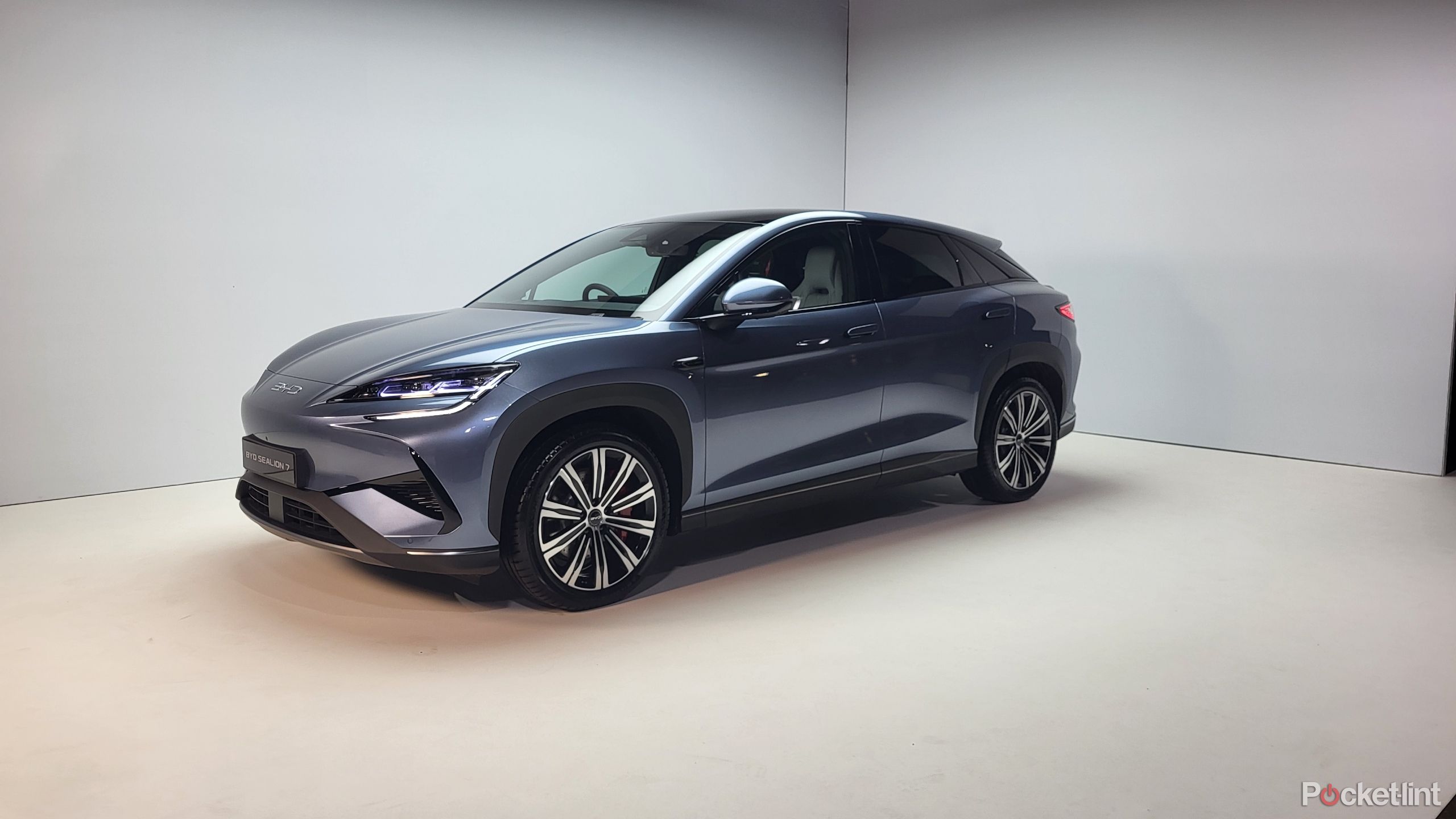
Related
The all-new BYD Sealion 7 is a big fish in a small pond
BYD made a name for itself by producing value-based EVs. However, the Sealion 7 is the most expensive model yet. Is it worth it?
Tesla as barometer of Chinese EV strength
Tesla in a competitive market
Tesla is still the global EV leader, but it has been losing market share in the US since 2024, and Q1 in Europe was not good for the brand. Although some of Tesla’s recent woes can be tracked to CEO Musk’s political actions, its decline over time was most likely the flood of EV competition coming to the market. Tesla has no direct Chinese competition in the US, but faces growing pressure from BYD in Europe, despite EU tariffs on BYD at the moment.
Tesla’s Chinese market share has dropped from a high of 15% in 2020 to 10% last year, and over 7% so far this year. Car buyers in China do not care about Musk’s politics, and by all accounts he is very popular over there. Instead, Tesla decline in the world’s biggest auto market was caused by massive local competition and shifting market preferences.
BYD is the biggest carmaker in China and overtook Tesla in EV sales last year. Chinese buyers are spoiled for choice when it comes to EVs, and increasingly, they choose homegrown brands.
Besides BYD, there is also Geely, SAIC-GM-Wuling, and Nio. Not to mention newcomer Xiaomi.These brands are not available in the US, but they are really popular in Europe, Mexico, Korea, Australia, and other parts of the world.
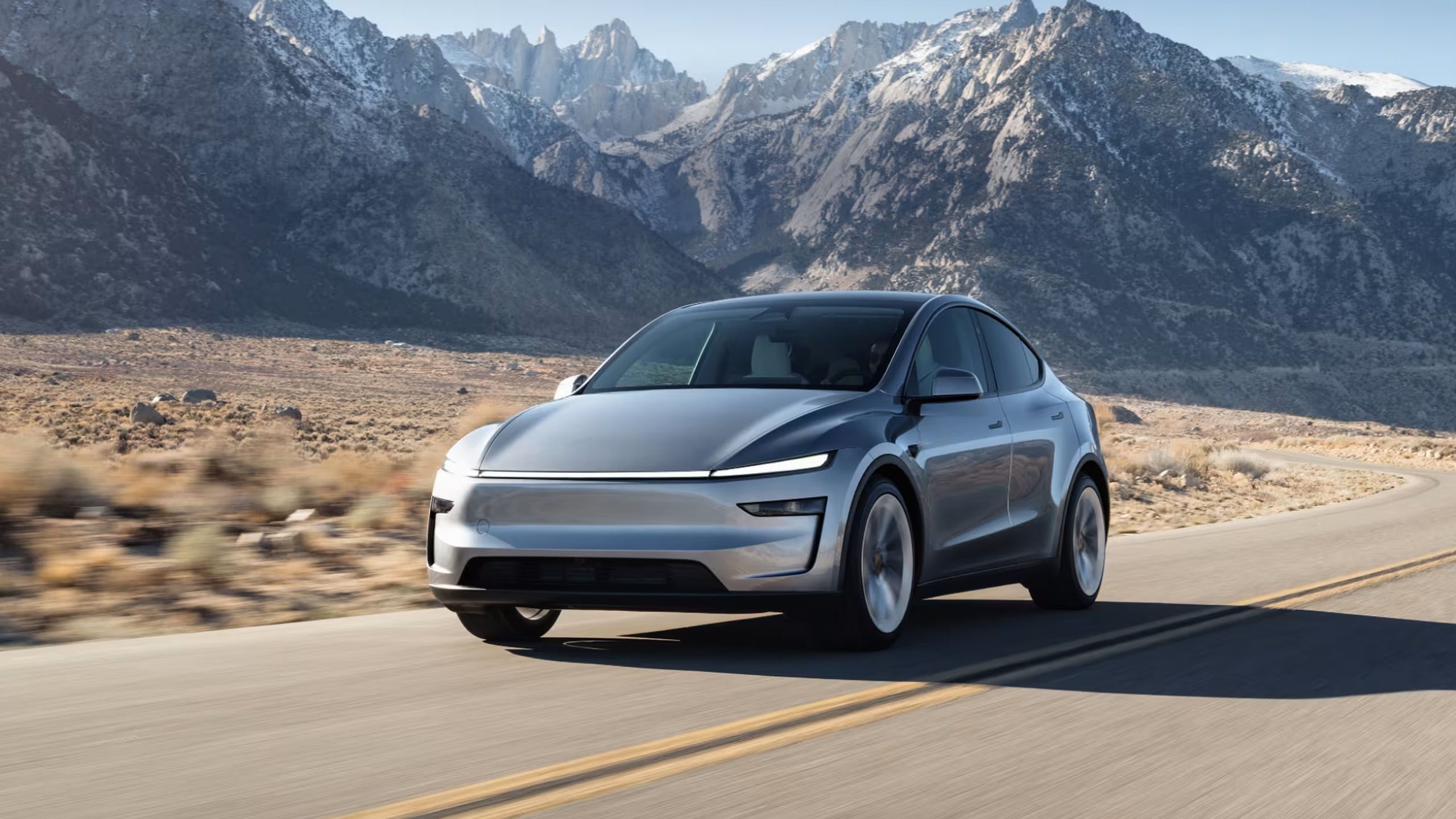
Related
At this point, it feels like Tesla might never make an affordable car
The production of Tesla’s new low-cost EV has reportedly been delayed.
The case against Chinese EV imports
Government subsidies and product dumping
BYD
Those opposed to Chinese EVs in the US market point out that China has spent billions subsidizing its EV industry and the underlying supply chains since the early 2000s. They also believe that Chinese EVs will be dumped under cost price in the US market.
Subsidies
The Chinese government has spent billions since the early 2000s subsidizing its EV industry, including the supply chains that now allow Chinese automakers to build better cars cheaper than anywhere else in the world. They realized early on their industry could not compete with established technology such as ICE and hybrid vehicles. The country had a large and rapidly urbanizing population looking for work, massive reserves of the raw materials needed to build EVs, and a growing urban pollution problem. So it’s understandable why they spent a lot building the industry.
It’s importnt to remember too that US companies also receive government money. Without the $17 billion bailout in 2008, GM and Chrysler would probably not be around. Tesla started building EVs using a $460m government loan, and has received various incentives over the years, including from the Chinese government. The most visible EV subsidy in the US is the $7,500 tax incentive on new EVs that comply with local content rules.
Product dumping
Product dumping is when subsidized goods are sold in another country for less than the cost of producing it, thereby harming the corresponding producers in the receiving country. But Chinese EVs are selling at a significant premium in Europe.
The BYD Seagul is a subcompact hatchback that sells for under $10,000 in China, while the same car, renamed Dolphin Surf, sells for around $26,000 in the EU. There is currently a total EU tariff of 27% on BYD cars in the EU, but even with this, the Dolphin still sells for twice as much as the Seagull in China. That is maximizing profit, not dumping.
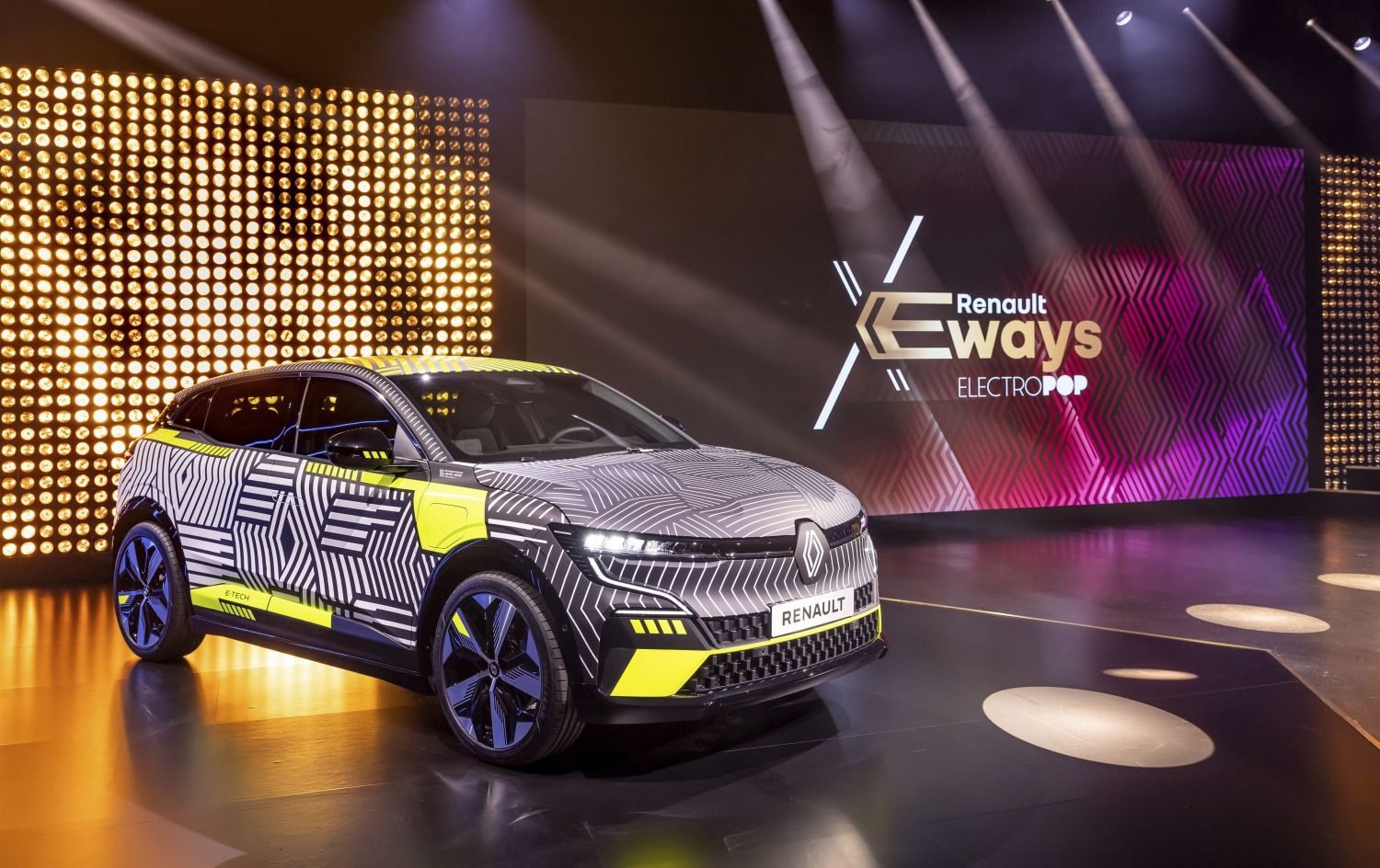
Related
Renault aims to drive down the price of electric cars, with the Renault 5 leading the charge
The new compact model is said to be 33 per cent cheaper than the Zoe.
The EU solution
Control and cooperate
Volkswagen
The EU has recognized that it cannot keep Chinese EVs out, and that tariffs are hurting the EU export sector as well. For example, a third of German car sales are in China.
BYD is building a factory in Hungary to build EVs in the EU. AESC is a Japanese-Chinese battery manufacturer which has just built a huge factory next to the Renault EV hub in Douai in France. This plant, with ten gigawatt-hours capacity, was built with French and EU financial support to bring critical industrial technology to Europe.
There are also EU-China talks to remove all tariffs and replace these with minimum pricing deals — which means Chinese cars cannot be sold below a certain price. Although the consumer still has to pay more as with tariffs, this is a cooperative structure, and the idea is to unlock mutual benefits for both parties.
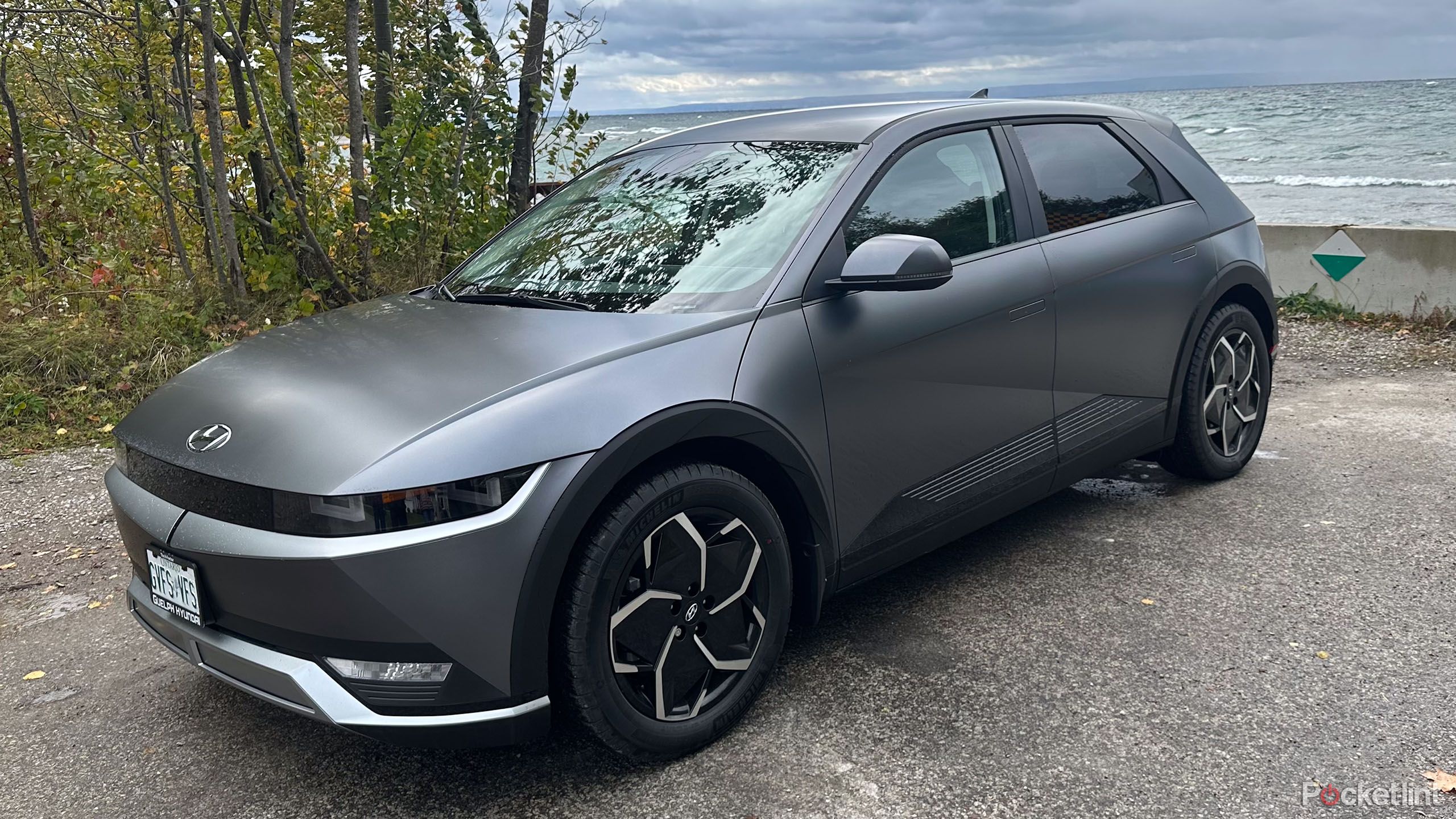
Related
EVs are still waiting for their Model T moment
An EV for the masses is still a distant dream.
The path for Chinese EVs to the US
We have seen this movie before
Tesla
In the 1970s, several oil price shocks caused a spike in demand for small, cheap, fuel-efficient Japanese cars. Honda, Nissan, Toyota, and other Japanese carmakers were exporting over 600,000 cars a year. And just like today, US carmakers found lobbying easier than competing, and Japanese cars were subject to heavy tariffs, later replaced by pricing agreements. From the 1980s on, they started building factories in the US, using American workers to make cars for US drivers. Toyota, Honda, and Nissan are now as much part of the US auto landscape as Ford and Chevrolet.
US/Chinese cooperation
Tesla is the obvious example of a carmaker with a large footprint in both the US and China. All traditional US carmakers are involved in some partnership or another in China, although sales of US name badge vehicles are struggling.
Chinese EV dominance is relatively new, only becoming prominent around 2020, despite decades of development. Industry insiders point to when Tesla built its Chinese factory, and that this created a benchmark for the Chinese EV industry.
China is the world leader in EV batteries, the major component in EV innovation and pricing. If the major Chinese battery makers are allowed to build factories in the US, using American workers and raw materials, it would be a massive boost for the US EV industry. You will find states and cities offering massive financial incentives to attract such enterprises.
Skunkworks
Ford has created its version of Skunkworks, aimed at producing really affordable EVs. Why not form an EV partnership with somone like Xiaomi, which CEO Farley admires so much? It would not be a sellout by Ford, but rather a quick and effective way to fast track the intellectual property advantages that China currently holds to kick-start the dormant US EV sector.
US EV makers cannot really make one for much under $40K, with $50K the average selling price. If the US can get back on the EV fast-track, and US drivers can get really good EVs for under $30K, jobs will be created, economies stimulated, and hopefully Mr Farley will really enjoy driving his Ford EV.
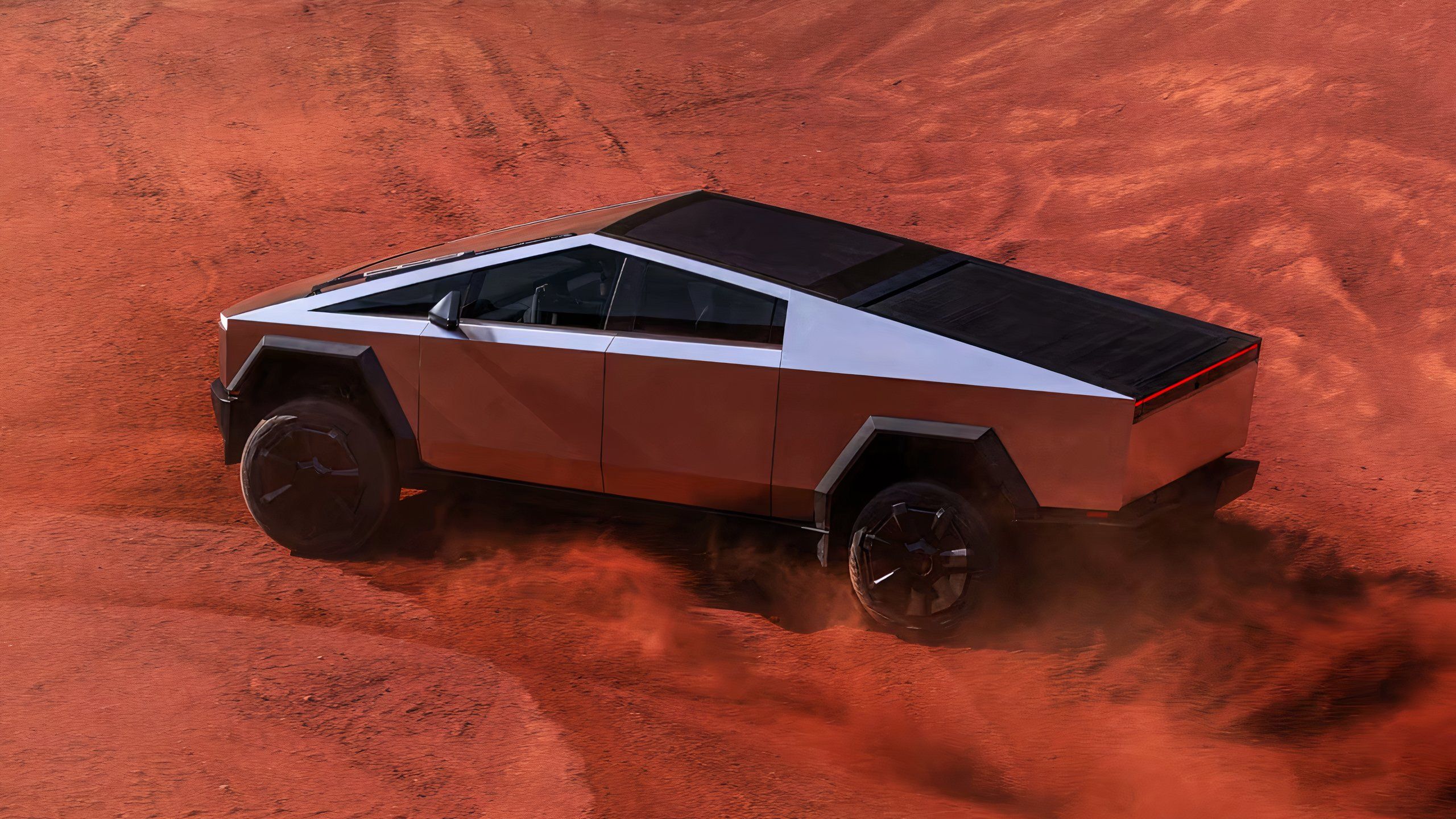
Related
Tesla’s ill-fated Cybertruck destined for failure
It’s difficult to see how Tesla could pull out a victory at this point.





